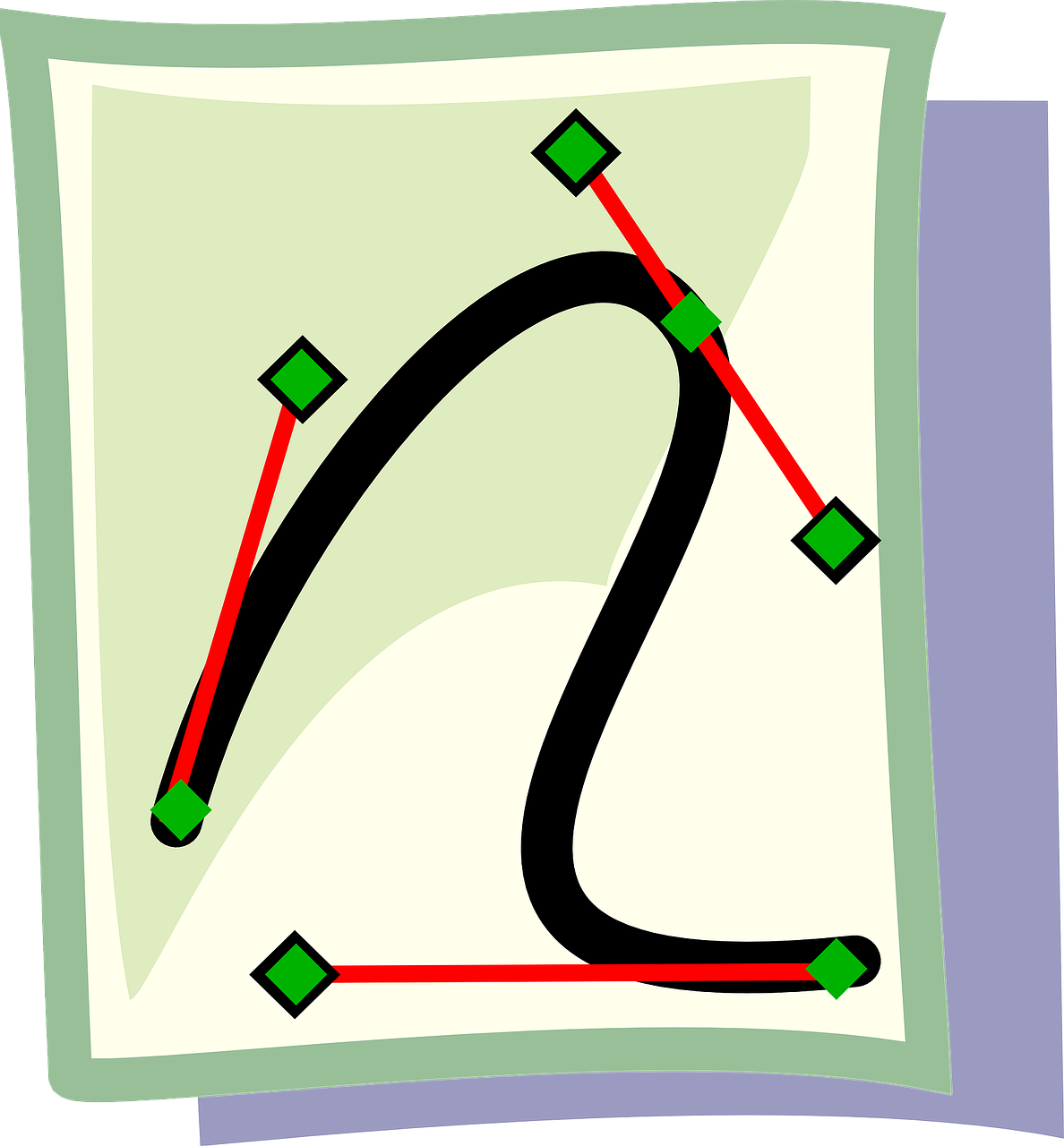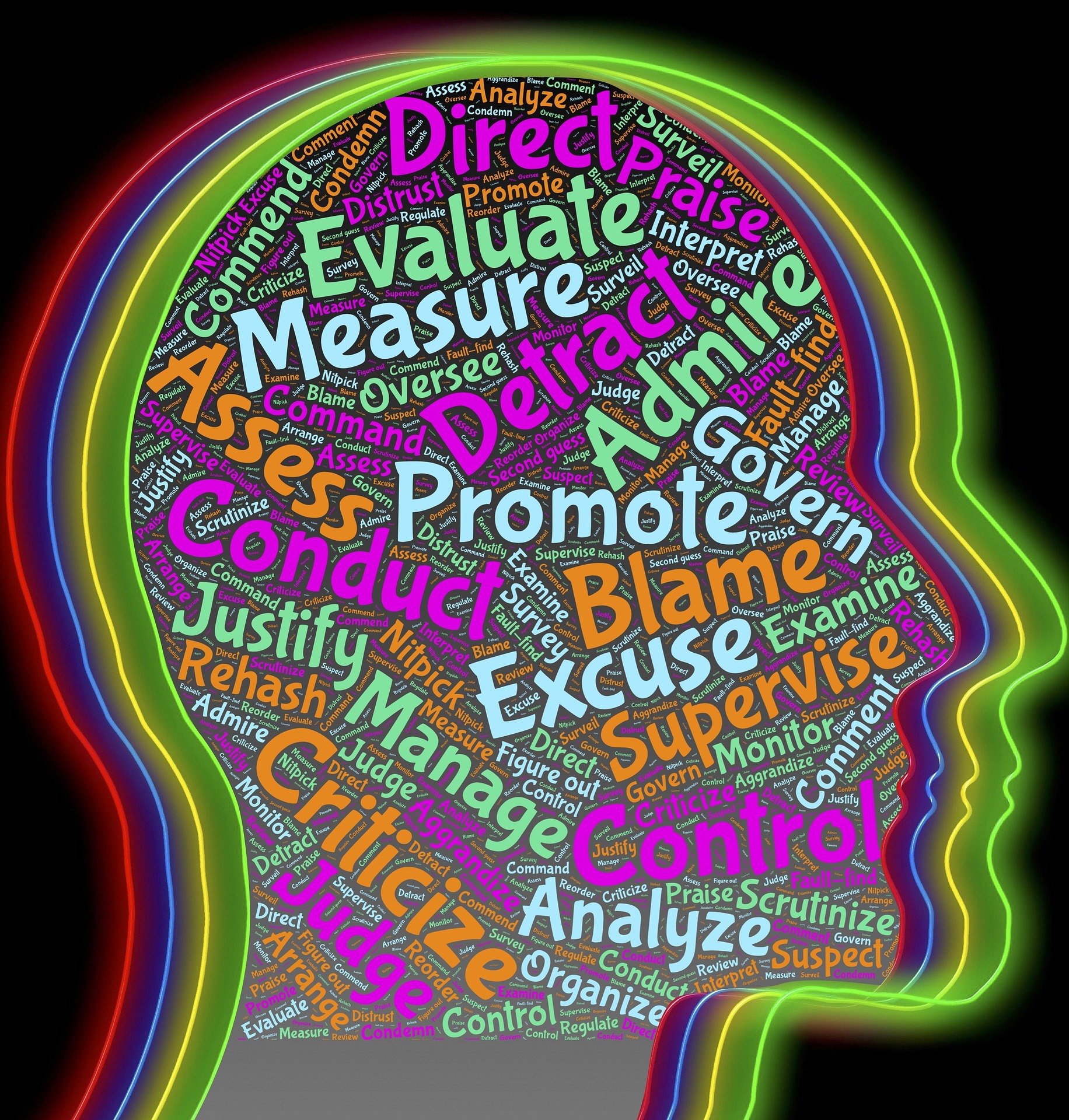As a school we already have several ways to gather data about students understanding and achievement in numeracy. We also have tools in place to help us track other student information. We currently collect a lot of student achievement data and as I am writing my first term report cards I am looking at a lot of achievement data. On a daily basis we are collecting data about our students from what they can do and how they respond to a particular lesson to their energy level and mood that day. As teachers we collect and analyze data in real time to tailor lessons to fit our students, often doing so without realizing. I liked how the van Barneveld brought up the point about other student data and the background. information we may have on a student. I have noticed over the past few years the link between a wicked problem, chronic absences and student achievement.
- Student Achievement Data
- observations
- math routines
- small group lessons
- diagnostic assessments
- District Numeracy Assessment
- SNAP assessment
- Island Net
- unit tests and quizzes
- math projecys
- student work samples
- workbook / note book pages
- math journals
- videos explaining a concept
- observations
- other student data
- attendance
- designations
- ELL status
- family information
- medical information
- hobbies
- sports
- activities
- contextual data
- school community
- socio economic information
This time of year, I feel like I am drowning in data as I prepare for report cards. it’s one of those times where weeks of formative assessment suddenly shifts to being summative, end of term math interviews, benchmark reading assessments and writing samples. Being in grade 4 this all comes right on the heels of the FSA tests so my students are completely over any form of assessment right now. I am trying to find ways to make my summative assessments feel less like assessments. Most of my assessment is formative, and often on a day to day basis allowing me to tweak my lesson and unit plans to fit my students.
Speaking specifically about math data we need to determine how we will consistently gather data about student understanding specifically number sense. Currently each grade group in my school is using different measures, we need to find a tool that works for all of us so that we can see student growth on a continuum. We need something that is easy to administer and follow with clear data that shows where a student falls on a continuum similar to reading levels. In a perfect world we would have math assessment kits like we have reading levels.







